5 Tips For Tree Planting After Stump Grinding & Tree Removal
Are you considering cutting down some trees to make room for a new landscape design in your yard? Tree removal is a prudent measure that may help safeguard property from falling branches or the whole tree. Depending on your follow-up strategy, it may also save you time and money on yard care tasks involving trees, such as raking leaves and trimming.
Wood chips, sawdust, ancient root systems, and other organic residues frequently make the area around a tree stump seem different from the rest of the thriving grass. As a result, homeowners may still have problems establishing grass or other plants in the area after cleaning the debris from the stump removal.
1. Put Down Some Grassroots
After removing the tree and stump, you may use the space for tree planting. But first, ensure the hole is empty by removing the wood chips left behind after the stump grinding process. Then, backfill the space with compost, topsoil, and nitrogen fertilizer. It’s best to slightly overfill the hole since the earth will eventually settle and become lower than the surrounding area.
After the hole has been filled, spread grass seed over the surface and cover it with hay. The hay will shield the seeds from the elements (sun, wind, and birds) and maintain a comfortable temperature, all of which will help the seeds flourish.
2. Think About The Effects On The Environment
When trees are cut down, the soil in that area never returns to its original state. These variations may have significant effects on how well young plants establish themselves. For example, the soil surrounding an old tree’s root changes, and it loses a lot of nutrients that younger plants need to develop. In addition, since the stump has been cut down, the water table there may be lower than in neighboring areas.
Therefore, bear these points in mind when you are planting a new tree in its place. Moreover, if salt or chemicals were used to eliminate the roots and stumps., no new trees should be planted there. Soil may be severely damaged by chemicals and salts, making it impossible for other plants to grow there. As a result, you’ll need to prepare in advance to get rid of the tree or stump.
Furthermore, the roots left behind from an older tree might affect the development of a younger tree. New trees’ root systems may become crowded with too many of them in a small area. Since this is the case, it may not develop normally.
It’s possible that the soil still contains disease-causing organisms from the prior tree. For this reason, you should replace older trees with fresh ones immune to the diseases that plague the older ones.
3. Time is Your Friend
Timing is one of the most critical factors for replanting after a tree has been cut down. Even after a tree has been cut down, its roots may remain in the ground for some time; these roots will eventually decay, but they will not happen overnight.
A year should pass after a tree has been cut down before another tree is planted there. For the next several years, the ecosystem there will be in flux as microorganisms go to work decomposing the tree roots. Your new tree will have to fight against germs for water and nutrients, which may slow its growth.
4. Make a Garden Out of That Old Tree Stump
If you decide to keep the stump, one other thing you can do is to make a planter out of it. Make a hole in the stump six to eight inches wide and three inches deep to use as a planter. A layer of soil is placed over a layer of gravel, and drainage holes are drilled out of the sides of the stump. The resulting planter will be an attractive addition to your outside space.
5. Transform the Tree Trunk into a Table or Bench
Stumps’ additional height gives them ideal pedestals for displaying yard decorations and other features. An old tree trunk, for instance, may support a water feature or a heavy planter.
Conclusion
After cutting down a tree, you may be concerned about fixing the damage to your landscape. But don’t worry; it’s easier than you think. You may have a new-looking lawn with just a little work.
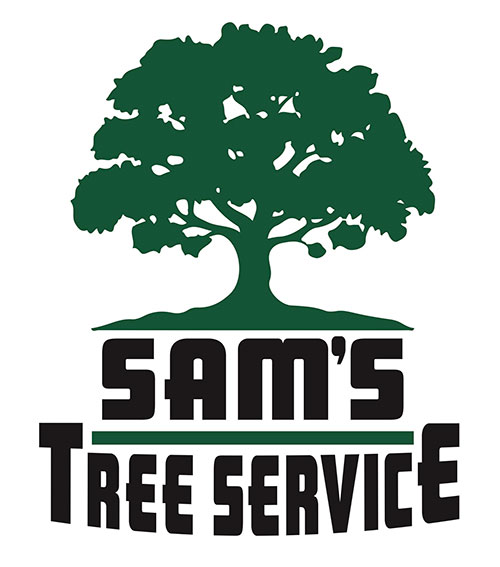
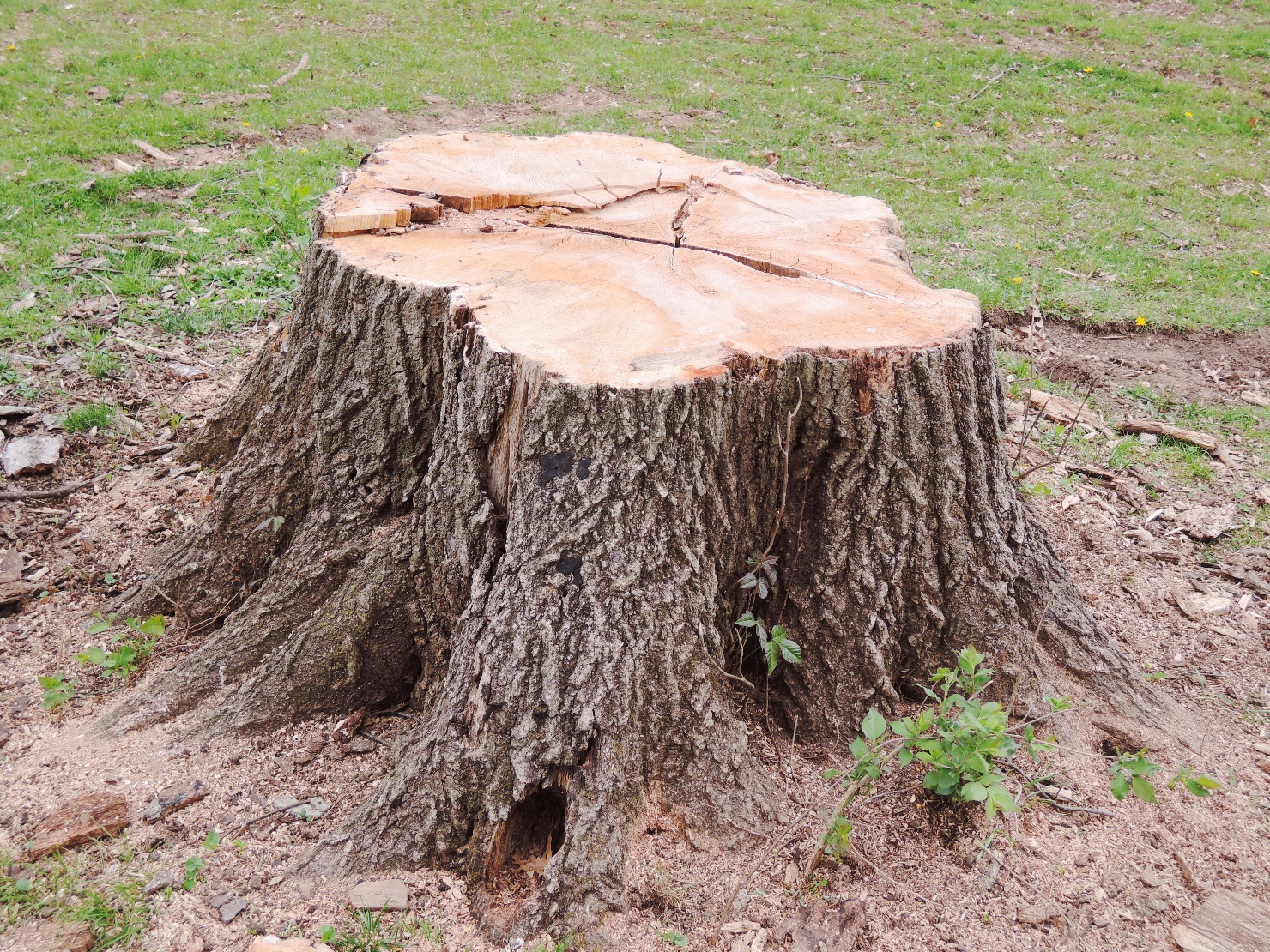
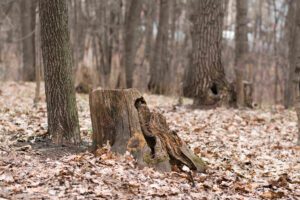
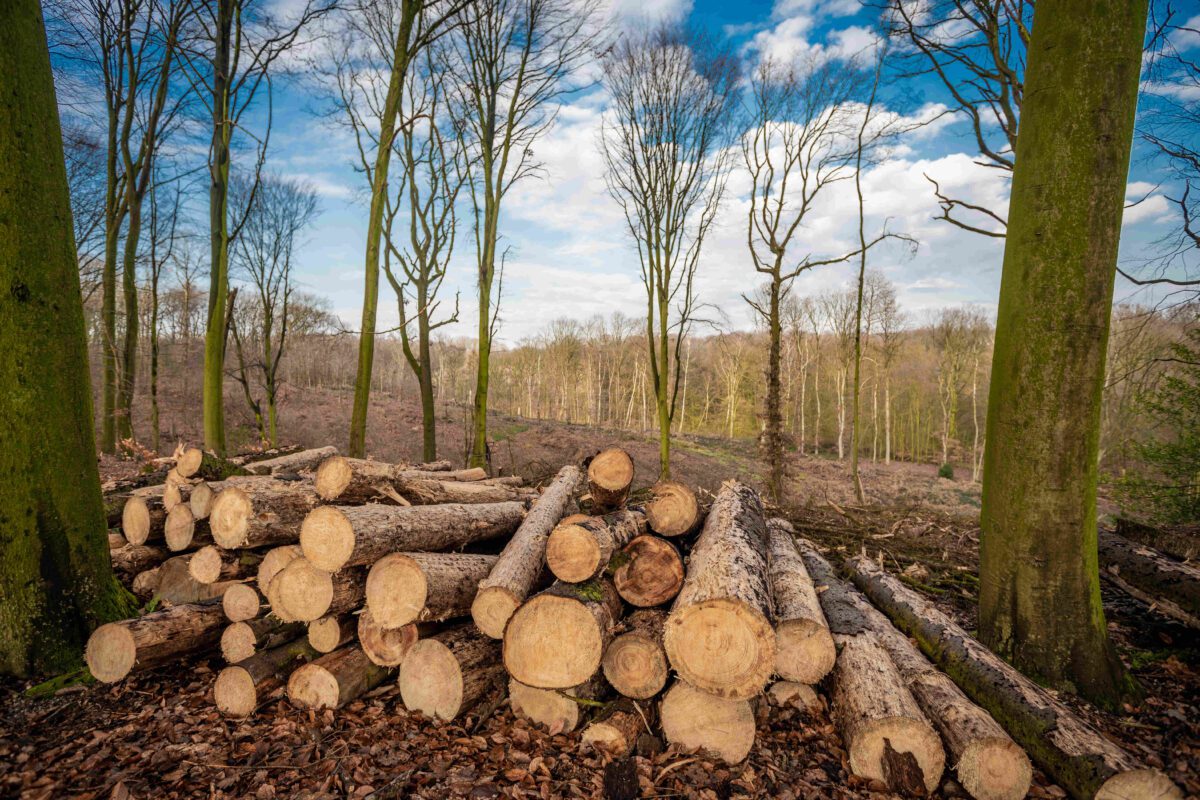
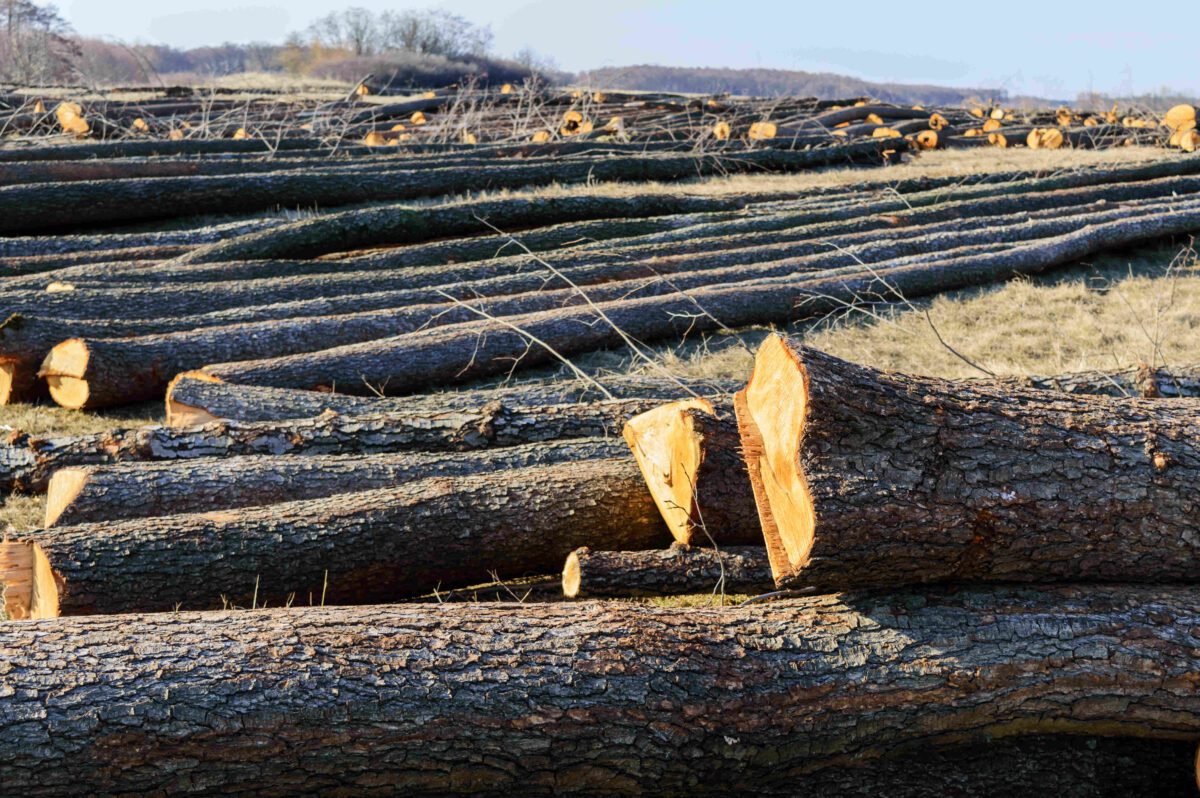
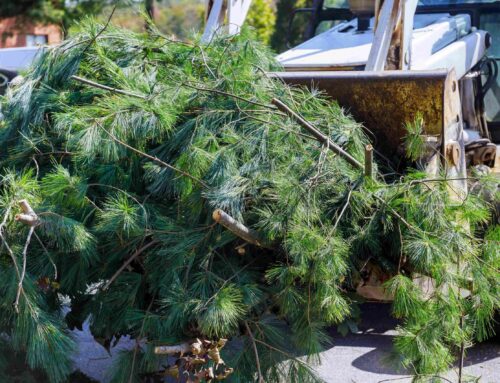
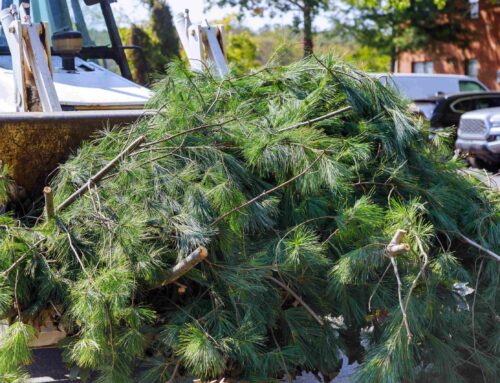
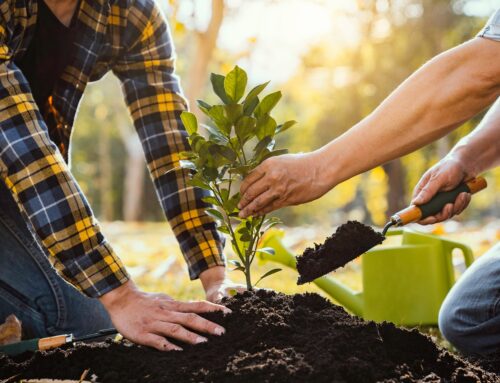
Leave A Comment
You must be logged in to post a comment.